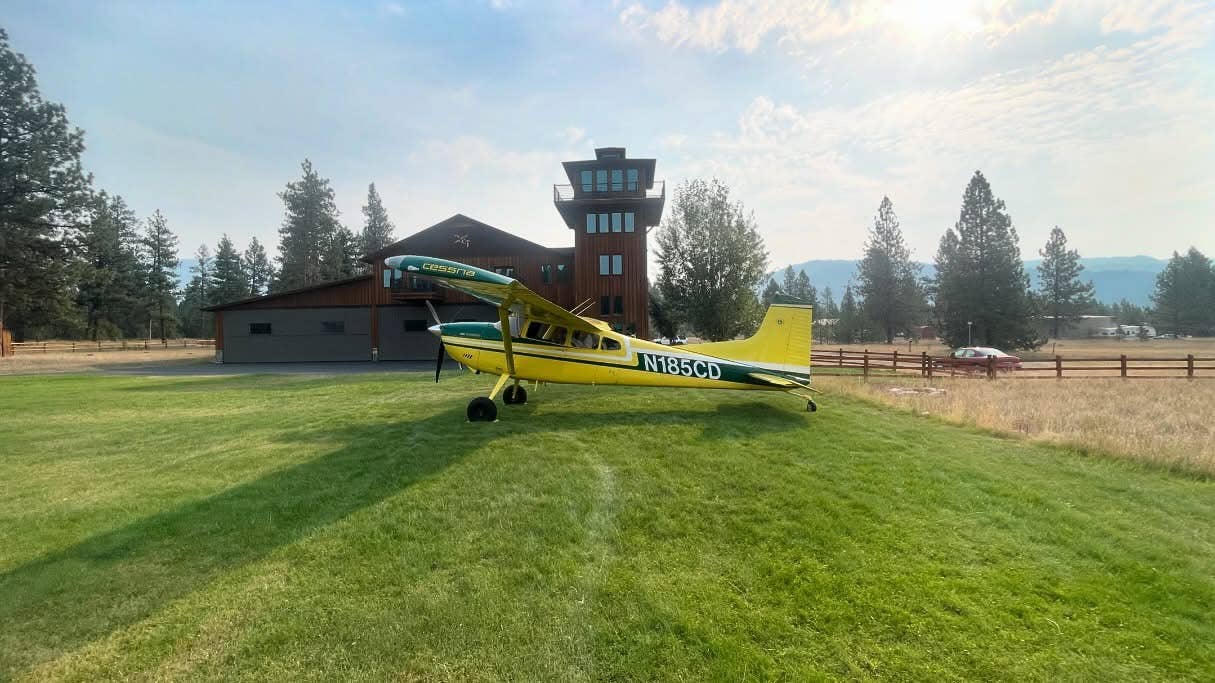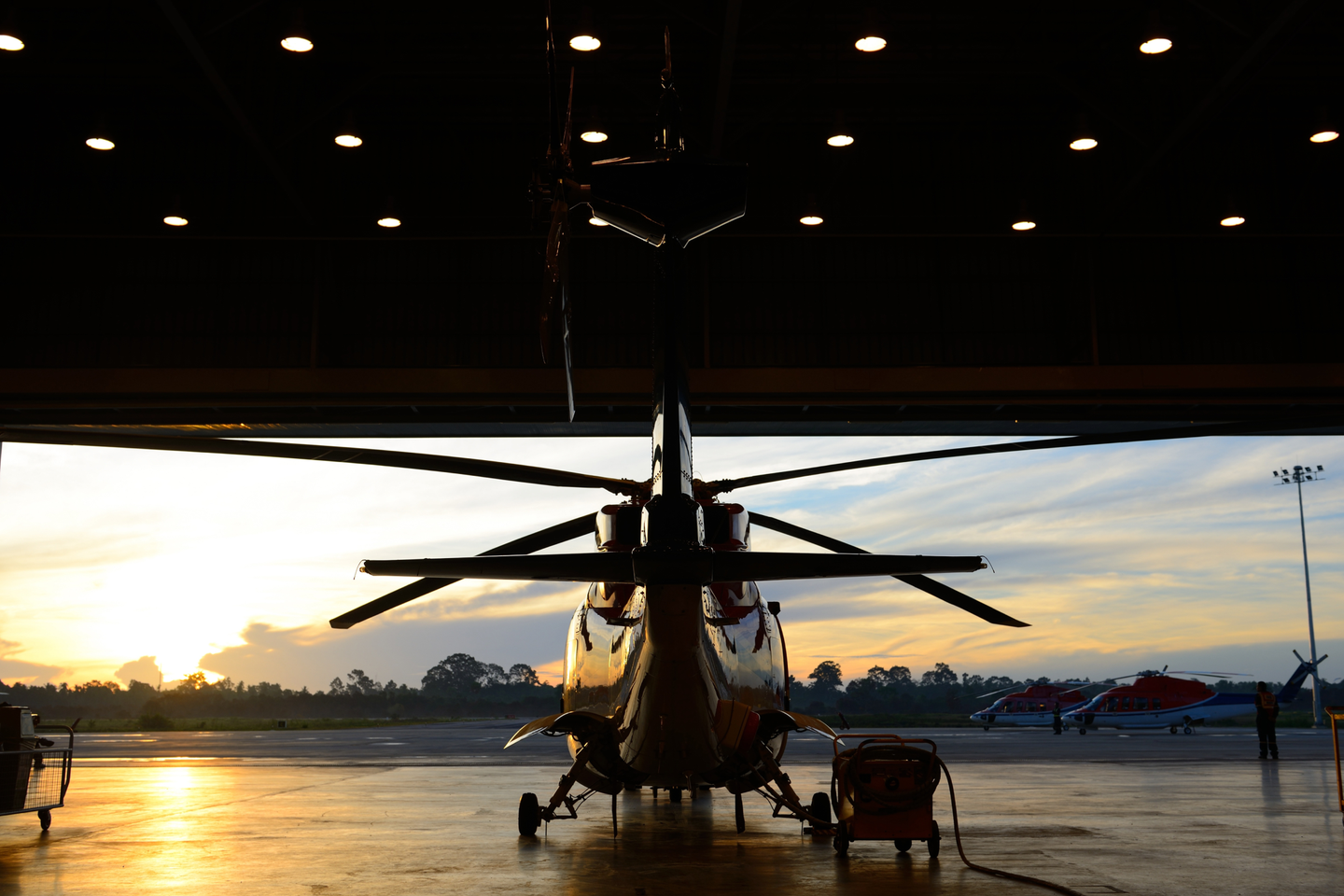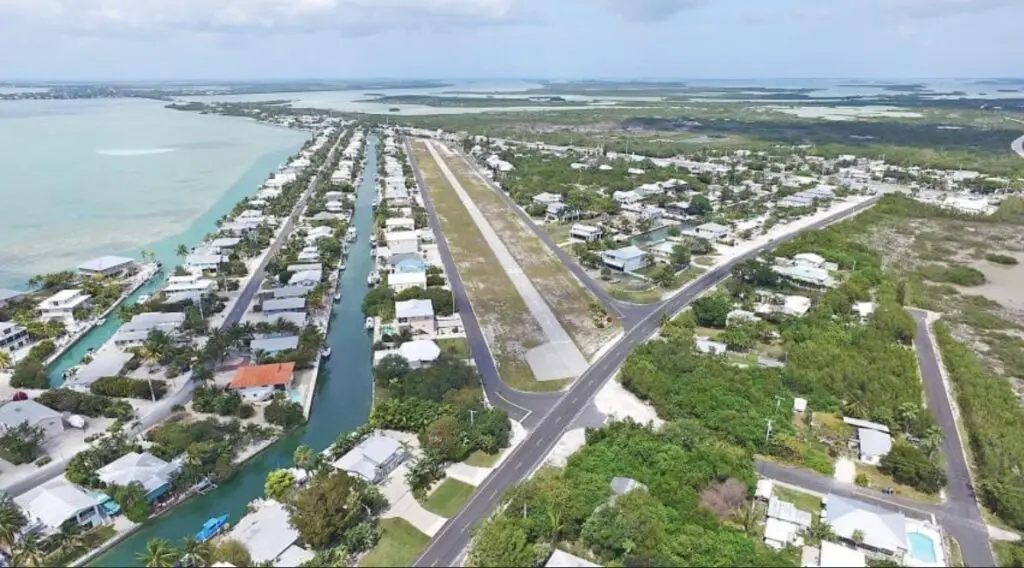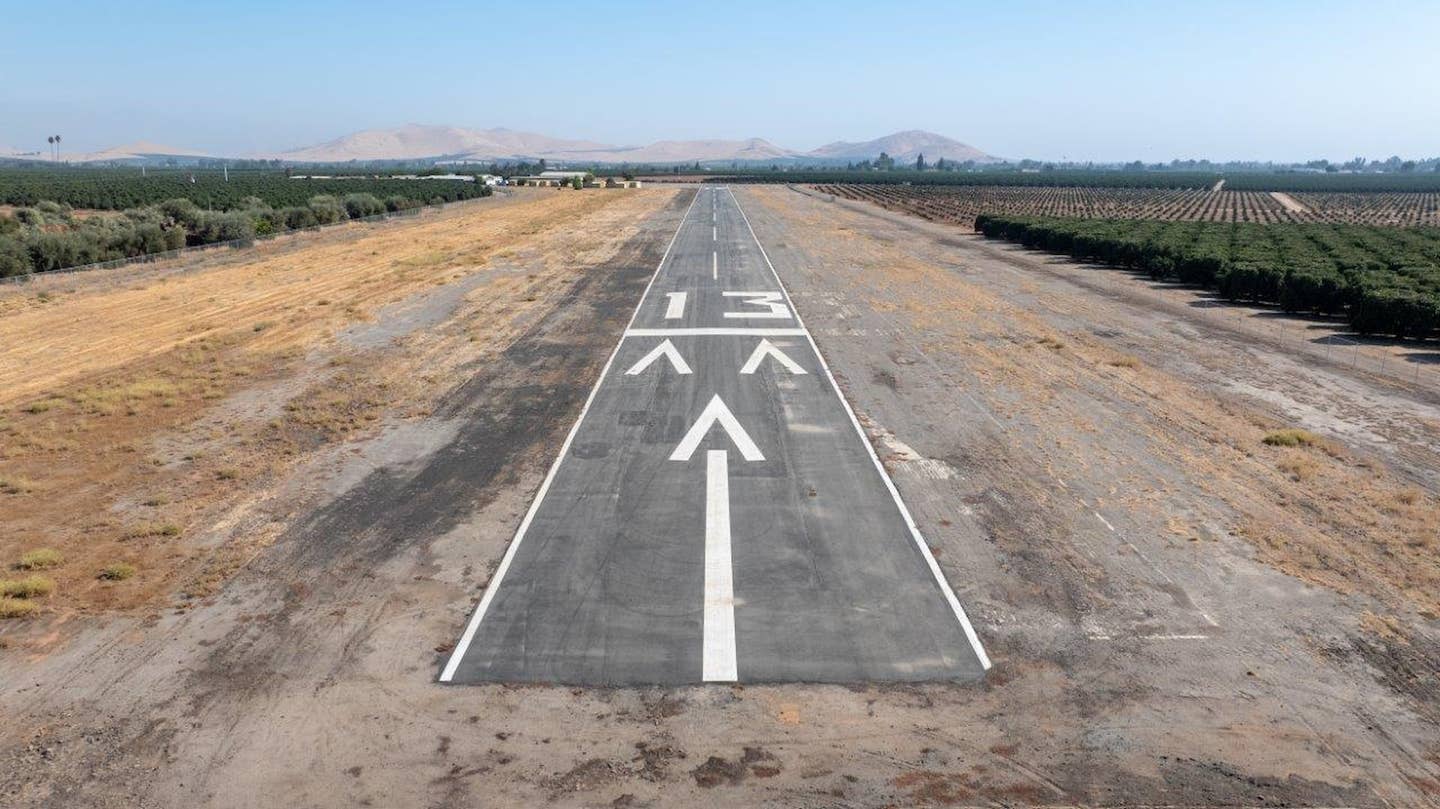California Boarding School a Springboard for Young Aviators
Monterey Bay Academy has its own oceanfront turf landing strip as well as a new drone program.
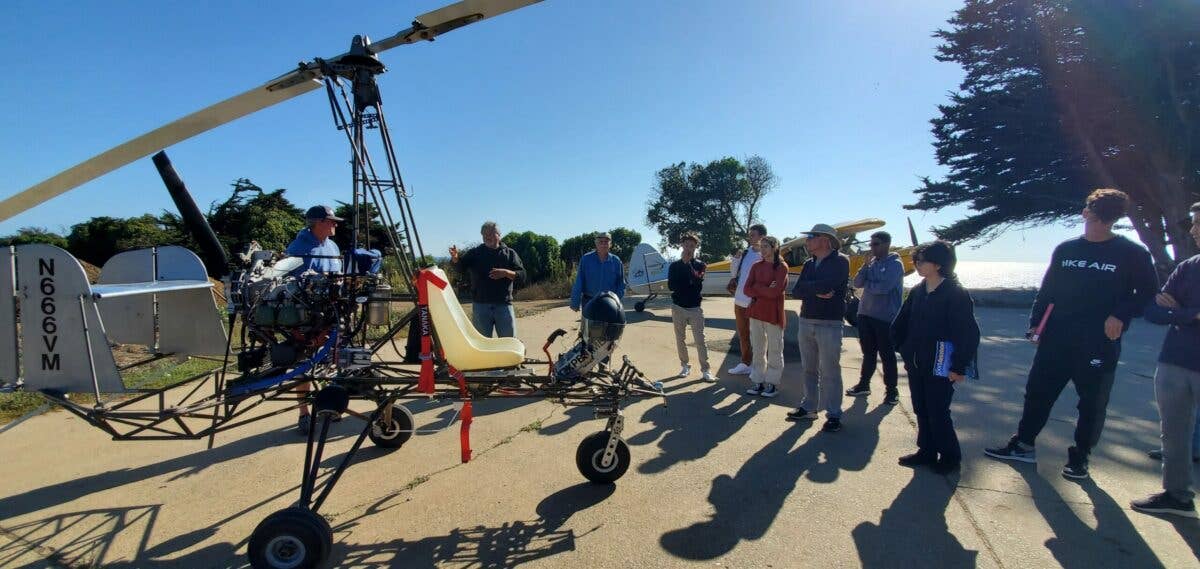
Monterey Bay Academy students check out a gyrocopter that flew into the Monterey Bay Academy Airport. [Credit: Jay Ketelsen]
There is a picturesque, ocean-facing airfield in Monterey Bay, California, that serves as a springboard for youth in aviation. The 2,200-foot by 50-foot turf runway at the Monterey Bay Academy Airport (CA66) is steps away from one of the state’s most serene beaches. The airport sits on the property of the Monterey Bay Academy (MBA), a Christian boarding high school.
Chris Bley, who is a UAS industry professional and is affiliated with the airport, provides some early detail on how the Monterey Bay Academy came to have its very own runway.
“Harvey Voth first came to the school as an industrial arts teacher in the mid-1950s. During World War II, he had served in the U.S. Army Air Corps as a pilot flying ‘The Hump,’ ferrying supplies from North Africa to allied forces in China and India. By the time Harvey arrived at MBA, he was a rather accomplished pilot and had a dream to include aviation as a course of study for the high school students there.”
Harvey’s ultimate departure and return to the school was an important historical milestone for aviation youth of the past and present.
“In 1959, Harvey left MBA to return to college where he earned a master’s in education degree. By the mid-1960s, Harvey was back at MBA and this time as the school’s principal," Bley said.
"Getting a recognized airfield at the school was now a higher priority than it had been under previous administrations. Harvey engaged a fellow educator and aviator, Vern Wheeler to begin the work to lay out and certify the airfield. By the early 1970s the new industrial arts instructor, Allan Fisher took over the project," Bley said. "Together, Allan and Harvey made a great team, and their passion for creating educational aviation opportunities for students was realized with the approval of the county, the Coastal Commission, and finally, FAA certification.”
The coeducational high school has a history of educators with a passion for aviation that has led the aviation curriculum to take off over the past decade, Bley said.
“In 2010, Local entrepreneur Steve Syvertsen began donating his time to teach ground school at MBA. This program grew rapidly, and soon a group of alumni aviators formed a flying club tagged as Ocean Shore Aviation. The alumni volunteer efforts led by Bob Carr and Terry Schmunk energized pilots in the local community, and the airfield was transformed from a hard dirt surface to a grass field.”
This airstrip is the starting point for many of the aviation activities that take place at the school.
“Today, the Exploring Aviation/Ground School class is instructed by Jay Ketelsen, who is an MBA Alumni and pilot and is a large draw for students attending MBA. The class is part of the STEM program and is successful in large part to local pilots that have a passion to introduce aviation to the next generation. Pilots regularly fly into CA66 to show students their planes, explain and demonstrate systems/procedures, and just share their joy of flight. The program utilizes a Gleim university flight simulator where the students can gain valuable experience through hands-on learning before they take actual flying lessons. The ground school portion of the class utilizes the Gleim Aviation Pilot Training syllabus,” Bley explained.
The interest has become so great, that this fall, the school had to create a second class to meet the demand from students. The excitement for all things aviation includes not only fixed-wing aircraft but also drones. Bley is a key contact in all of the unmanned aspects that are being undertaken at the site.
“I’m involved with two private companies on the Monterey Bay Academy’s property, a drone incubator (AirSpace Integration) and drone resale (Insight Up Solutions). Additionally, we perform various research and development activities and training activities here. We’re currently collaborating with the University of Alaska Fairbanks’ ACUASI, the FAA, NASA’s NARI, and a handful of automated drone platforms for live testing and airspace management testing from our location.”
These and other activities at CA66 are expected to help make considerable progress toward further integrating unmanned aircraft systems into the nation’s aerospace system.
“AirSpace Integration will support Live Flights from its facility at the Alaska UAS Test Site-affiliated Monterey Bay Academy airport. It will provide radar and other weather data to support the Oceanic Airspace use case off the coast of central California, assist in the development of the oceanic airspace CONOPs, help with the Safety Risk Assessment, and participate in the Tabletop Exercises, especially those focused on maritime operations. AirSpace Integration will also work with their technology accelerator partners to bring other original equipment manufacturers working on UAM and large air cargo drones to the Test Site facility to fly during the Live Flight events.”
Not only is the airport’s location conducive for the litany of aerospace projects that are performed there, but its prime location is also attractive to private operators as well.
“We are right on the cliffs of the Monterey Bay here at CA66. One of the challenges that we sometimes have, being right on the coast, is fog. That is a limitation, and it can sometimes move in rather quickly. Don’t take for granted that if you fly in when it’s clear, it won’t be sopped in when you try to leave. That’s something that folks have to pay attention to around here. I’m not a pilot myself but have been up with others and have landed at this airstrip as a passenger. As a result, I know the beauty of the area from the air. You can see dolphins, whales, great white sharks, and a lot of different marine mammals right off the coast here.”
And while the airport is privately owned, pilots are able to land there with prior permission, Bley noted.
“People like to fly in here for various purposes, whether it’s to enjoy a few quiet hours sitting on the beach or to go surfing. Some even fly in with surfboards in the back of their planes and then walk down to the beach once they land. We charge pilots a nominal fee for having access to the airstrip, and everybody has to sign a use agreement since it is a private facility. [In addition to standard aspects that are factors other privately-owned runways] there are some other things that are on the use agreement, such as acknowledging that the property is owned by the Seventh-day Adventist Church, whose Sabbath is on Saturday. As such, they request that there is no activity on the airstrip on Saturdays. In addition, the agreement points out safety aspects and the fact that there are farming operations adjacent to the airstrip and other things that are important to be aware of.”

Sign-up for newsletters & special offers!
Get the latest FLYING stories & special offers delivered directly to your inbox



